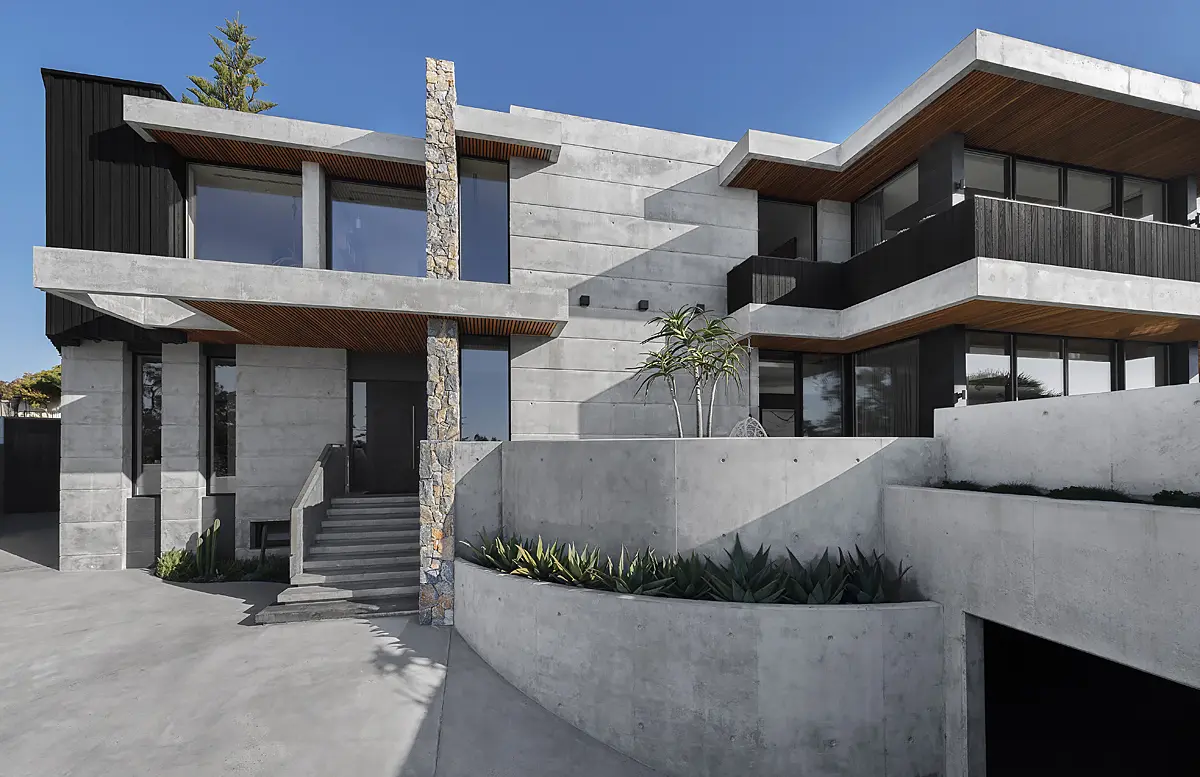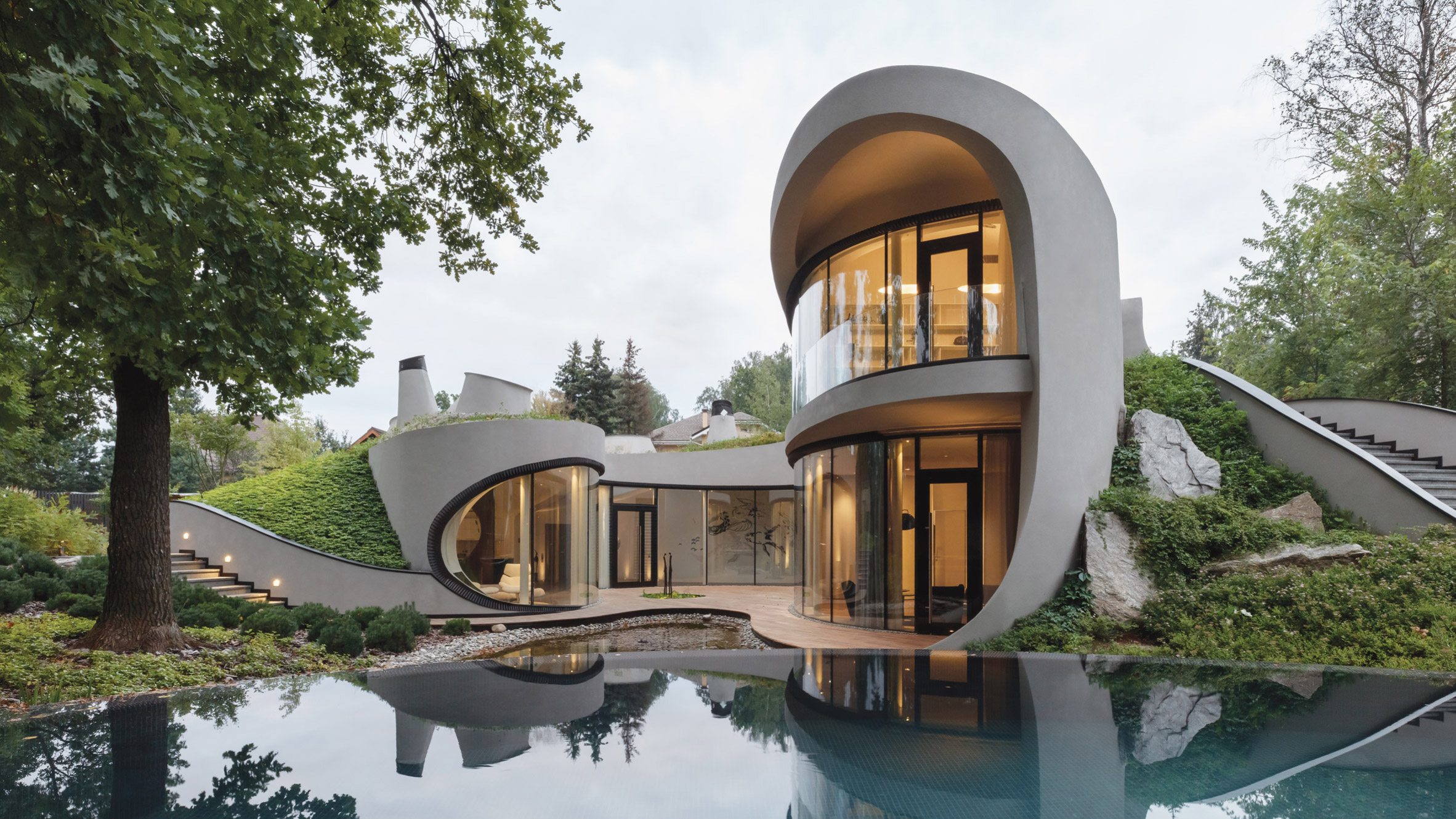Residential Interior Architect: Transforming Your Interior Spaces into Works of Art
Residential Interior Architect: Transforming Your Interior Spaces into Works of Art
Blog Article
Leading Patterns in Residential Style You Ought To Understand About
As domestic style continues to advance, numerous engaging patterns are forming the method we make and inhabit our home. Trick developments such as sustainable structure practices, the combination of clever home technology, and the increase of modular homes emphasize a considerable change in the direction of both functionality and environmental duty. Additionally, concepts like open plan living and biophilic layout are redefining our communication with space and nature. Comprehending these patterns not just educates layout selections but also exposes wider effects for way of living and community - residential house architect. What might these advancements suggest for the future of residential living?
Lasting Structure Practices
An increasing variety of household tasks are welcoming lasting structure practices, driven by an expanding understanding of environmental impact and energy efficiency. This change is identified by the combination of environment-friendly materials, energy-efficient designs, and ingenious building approaches. House owners and building contractors are progressively focusing on using renewable energies, such as bamboo and recycled metals, which not just minimize the carbon footprint but likewise improve the sturdiness and aesthetic allure of properties.
Including energy-efficient systems is one more crucial facet of sustainable building - residential house architect. Attributes such as high-performance insulation, energy-efficient home windows, and solar panels are coming to be standard in brand-new property designs. These components not just add to reduced power usage but likewise supply considerable long-lasting cost savings for homeowners
Additionally, the format of lasting homes commonly emphasizes all-natural light and air flow, decreasing the dependence on synthetic lights and climate control systems. Landscaping techniques, such as xeriscaping, additional advertise sustainability by reducing water use.
As the need for sustainable living options continues to increase, the household architecture industry is positioned to innovate and adjust, guaranteeing that future homes are not just environmentally accountable however additionally comfortable and functional for their owners. - residential house architect
Smart Home Technology
Smart home technology is reinventing the means homeowners communicate with their home, boosting comfort, safety and security, and energy administration. This ingenious technique incorporates numerous tools and systems, permitting customers to control their homes remotely or with automated procedures. Central to this pattern is the use of wise gadgets such as thermostats, lighting, safety and security video cameras, and home appliances, all attached via the Net of Points (IoT)
Among the most appealing features of smart home modern technology is the capacity to personalize settings for optimum power efficiency. Property owners can keep an eye on energy usage and readjust lighting, air conditioning, and heating based upon their routines, significantly reducing energy costs. Innovative safety and security systems equipped with wise locks and monitoring electronic cameras give tranquility of mind, enabling remote monitoring and informs to possible safety and security breaches.
Assimilation with voice-activated assistants improves user experience, enabling homeowners to control devices with basic voice commands. As technology remains to develop, the possibility for smart home systems to enhance top quality of life expands, making them a necessary consideration in contemporary household style. Inevitably, wise home modern technology is not merely a pattern yet a fundamental shift toward extra smart living environments.
Open Concept Living
Open concept living has actually arised as a defining attribute in contemporary domestic design, identified by the elimination of conventional barriers in between rooms. This layout philosophy promotes fluidity and connectivity within the home, enabling for a seamless shift in between areas such as the kitchen area, dining, and living spaces. By getting rid of dividings and wall surfaces, open principle formats develop a feeling of space, cultivating an inviting environment that improves social communication.

Additionally, this method to household style straightens with minimalism, focusing on useful simplicity and aesthetic comprehensibility. House owners appreciate the versatility of these formats, which can be quickly adjusted to reflect individual design through furnishings arrangement and decoration. As open idea living remains to gain grip, it remains a testament to advancing household characteristics and the wish for homes that boost link and comfort.
Biophilic Style
Biophilic style has actually become significantly significant in household design, emphasizing the innate link in between human beings and nature. This style approach seeks to integrate natural environments right into living rooms, thereby promoting a sense of wellness and improving the top quality of life for occupants. By incorporating functions such as natural light, plants, and natural products, biophilic layout advertises an unified relationship between indoor atmospheres and the environment.
Secret aspects of biophilic style consist of big home windows that give unhampered sights of exterior landscapes, living wall surfaces that present plant right into insides, and open flooring strategies that urge air movement and all-natural light infiltration. Water attributes, both within and outside the home, serve to residential architects produce relaxing atmospheres and enhance sensory experiences.
Moreover, making use of lasting products not only sustains ecological stewardship however likewise adds to healthier indoor air top quality. As recognition of ecological problems increases, house owners are progressively prioritizing designs that mirror their link to nature. Essentially, biophilic design not just boosts aesthetic appeal yet additionally addresses mental and emotional needs, making it a vital fad in modern domestic architecture.
Modular and Prefab Residences

In addition, modular and prefab homes are made with sustainability in mind. Many manufacturers utilize environmentally friendly materials and energy-efficient systems, such as solar panels and advanced insulation strategies, adding to lowered power usage and lower utility bills for homeowners. The adaptability of layout alternatives allows for modification, dealing with diverse aesthetic choices and practical demands.
As the demand for economical housing proceeds to increase, modular and prefab homes present a viable remedy, attending to both financial and ecological challenges. Communities are significantly acknowledging the potential of these frameworks, integrating them into country and metropolitan settings. On the whole, the pattern towards prefab and modular homes signifies a change toward extra lasting, effective, and adaptable living settings, making them a critical facet of contemporary residential design.
Conclusion
Sustainable building practices and smart home innovations improve effectiveness and benefit, while open idea living and biophilic style foster social interaction and a connection to nature. The rise of modular and prefab homes provides customizable and cost effective services, mirroring a more comprehensive shift towards useful and responsible living.
Secret growths such as lasting structure methods, the combination of smart home modern technology, and the rise of modular homes emphasize a considerable shift in the direction of both capability and environmental responsibility.The surge of prefab and modular homes has transformed the household style landscape, using ingenious solutions for efficient and lasting living.Additionally, modular and prefab homes are developed with sustainability in mind. On the whole, the trend toward modular and prefab homes signifies a shift toward much more lasting, reliable, and adaptable living atmospheres, making them an essential element of contemporary residential style.
Sustainable structure methods and smart home modern technologies improve performance and comfort, while open concept living and biophilic layout foster social interaction and a link to nature.
Report this page